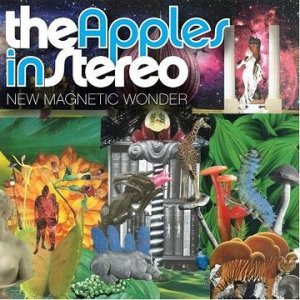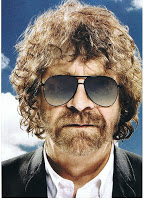 Eureka! After months of looking for this old article I knew I had somewhere, and finally giving up on it, I found it today. It’s an adcritic article from August, 2003, that I printed and filed away because I thought it had some great advice on picking music for spots. It was written by Lance Jensen, who knows what he’s talking about when it comes to picking cool, provocative music that can take a spot to the next level.
Eureka! After months of looking for this old article I knew I had somewhere, and finally giving up on it, I found it today. It’s an adcritic article from August, 2003, that I printed and filed away because I thought it had some great advice on picking music for spots. It was written by Lance Jensen, who knows what he’s talking about when it comes to picking cool, provocative music that can take a spot to the next level.
He gives 11 great tips, which I’ll paraphrase:
1. Don’t use the words of the songs as your copy points. The lyrics can allude to the meaning, or have the right sentiment, but being too see/say takes all the fun and depth out of it.
2. Lose the voiceover. It ruins the vibe. If you have to include VO, keep it short and at the end.
3. Don’t use the latest hit song. It feels like you’re trying too hard. Find something great that nobody’s heard. There’s plenty out there.
4. Use “geeky” songs. Lance gives the example of his use of the Styx song “Mr. Roboto.” A song he just liked, without irony.
5. Please someone use a Yes or Men Without Hats song in a spot.
6. Don’t overthink it. Your first impulse may be your best. Overthinking takes the emotion out, and music is all emotion.
7. Avoid Demo Love. Demo love is what happens when you play a song in the early presentations and say “We’re thinking of a song that feels like this.” The client, and everyone, will fall in love with that song. If you don’t know what to use, don’t play one yet. It’s not fair to the original musicians or the composers who have to rip off the song the client has fallen for. Give the music company room to do what they do best–create great music.
8. Stay open until the end. Listen to your director, editor, sound engineers. There are a lot of really talented people in this business. Your job will be much easier if you let other people do theirs and keep the process open and collaborative.
9. Try getting artists you love to write songs for you. Check out this great song for a Spike Jonze Adidas spot. The music is by Karen O. of the Yeah Yeah Yeahs and Squeak E. Clean. Rumor has it this wasn’t the first choice–they had another song they wanted to get, but the artist wouldn’t license it. Not bad for a plan B.
10. Stay away from lyrics with sex or drug references in them. I’d add that you might want to do a little research about the song meaning too. I laugh whenever I hear Iggy Pop’s “Lust For Life” on those Royal Carribean Cruise Line spots. First, see #1. Second, I always picture all those old folks on a 7-day heroine bender.
11. Just pick something that moves you on a personal level. This could be said for almost all aspects of what you do. If you love it, odds are other people will too.
When it comes to picking music, Mr. Jensen’s the man, and he gives great advice. The only thing I’d add, is don’t mimic the new popular soundtrack. Once a year, a movie or show with a great score comes out, and you hear 30 commercials copying it. American Beauty. Amelie. Rushmore. You’re trying to stand out. Having the same music as everyone else doesn’t help.




